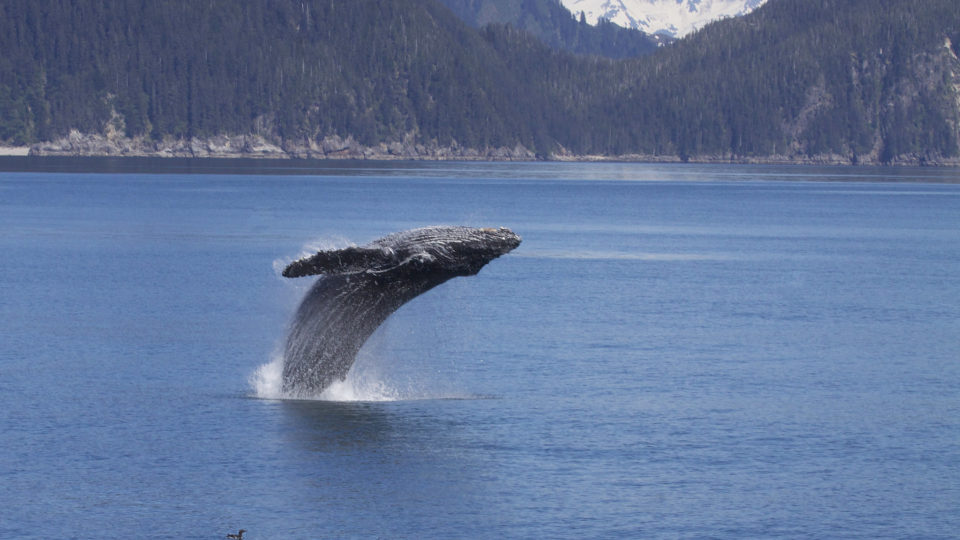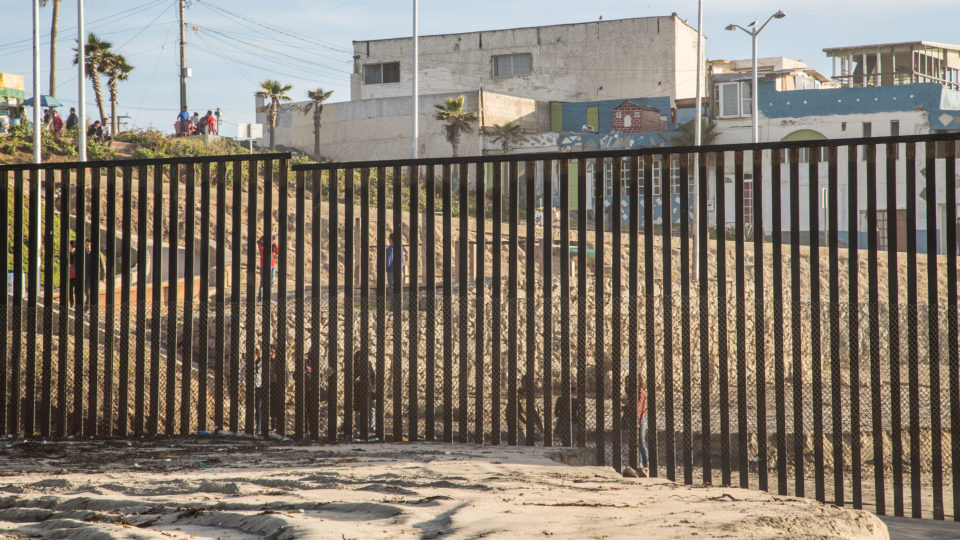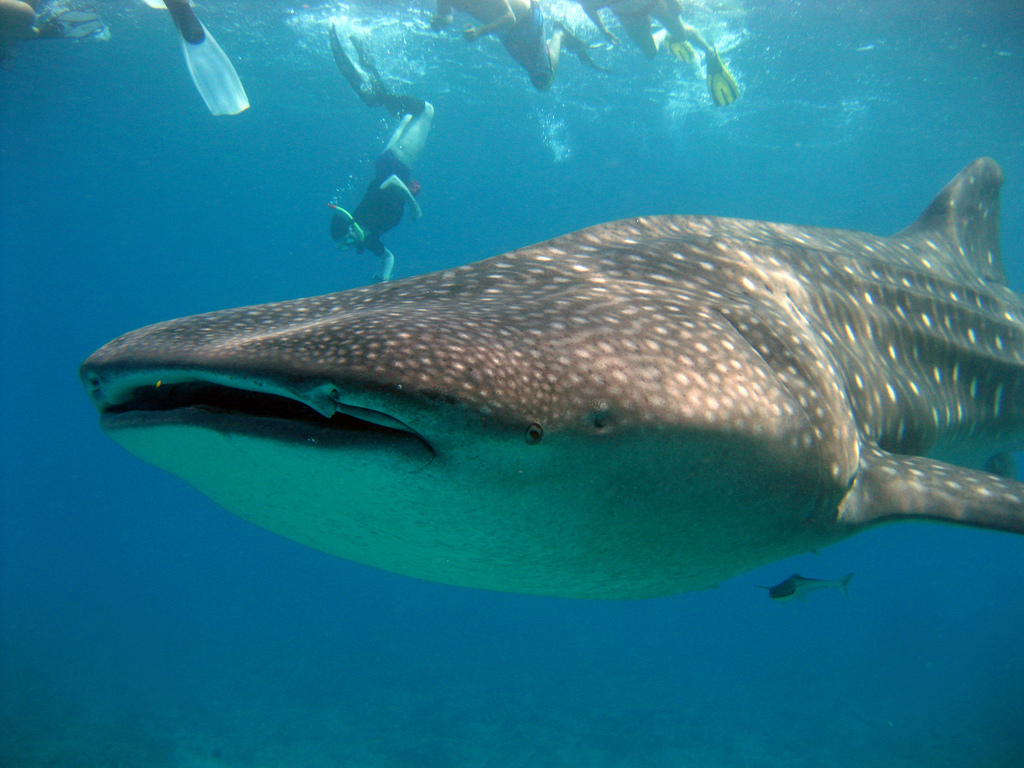Efforts to mitigate climate change typically face two major challenges. One is to find effective ways to reduce the amount of atmospheric carbon dioxide. The other is how to raise enough money to implement climate mitigation strategies.
Many proposed solutions to climate change, like carbon capture and storage, are complex, expensive, and in some cases, untested. What if there was a low-tech solution that was effective and economical?
Well, it turns out there is one, and it comes from a surprisingly simple, “no-tech” strategy to capture CO2: increase global whale populations.
According to a recent analysis by economists with the International Monetary Fund, whales help fight climate change by sequestering CO2 in the ocean.
Whales sequester carbon in a few ways. They hoard it in their fat and protein-rich bodies, stockpiling tons of carbon apiece. When whales die, they turn into literal carbon sinks on the ocean floor. While alive, whales dive to feed on tiny marine organisms like krill and plankton before surfacing to breathe and excrete. Those latter activities release an enormous plume of nutrients, including nitrogen, iron, and phosphorous, into the water. These so-called “poo-namis” stimulate the growth of phytoplankton, microscopic marine algae that pull CO2 out of the air and return oxygen to the air via photosynthesis. Phytoplankton are responsible for every other breath we take, contributing at least 50% of all oxygen to the atmosphere and capturing approximately 40% of all CO2 produced.
With other economic benefits like ecotourism factored in, economists estimate that each whale is worth $2 million over its lifetime, making the entire global population possibly a one trillion dollar asset to humanity.
*********
Web Links
Photo, posted June 12, 2013, courtesy of Gregory Smith via Flickr.
XXXXXXXXXXXXXXXXXX



